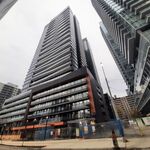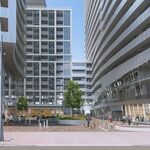Northern Light
Superstar
The City has been under pressure for some time, to reconsider being in the golf business.
Many courses obstruct bike trail linkages and wildlife corridors and also basic open/park space which the public can't access w/o paying.
Added to which, the City loses money; yet charges sufficiently high rates as to make the courses in accessible to many due to price.
Parks, Forestry and Recreation has been stalling, trying stubbornly to hold onto the status quo.
Today, a long-anticipated report............was a complete deflation.
It asks to stall for another 2 years, renewing leases for all golf courses through 2022; after which maybe they'll generate another report (stall).
I must confess, I am genuinely angry over this.
Less for keeping some golf courses as is; than for the complete stall and waste of time this report is.......
Report here:
Many courses obstruct bike trail linkages and wildlife corridors and also basic open/park space which the public can't access w/o paying.
Added to which, the City loses money; yet charges sufficiently high rates as to make the courses in accessible to many due to price.
Parks, Forestry and Recreation has been stalling, trying stubbornly to hold onto the status quo.
Today, a long-anticipated report............was a complete deflation.
It asks to stall for another 2 years, renewing leases for all golf courses through 2022; after which maybe they'll generate another report (stall).
I must confess, I am genuinely angry over this.
Less for keeping some golf courses as is; than for the complete stall and waste of time this report is.......
Report here:




